Growing Focus on Energy Efficiency
The Smartphone Display Panel Market is increasingly focusing on energy efficiency, driven by both consumer demand and regulatory pressures. As smartphones become central to daily life, the need for longer battery life has never been more critical. Energy-efficient display technologies, such as OLED, are gaining popularity due to their ability to consume less power while delivering high-quality visuals. Recent data suggests that energy-efficient displays can reduce power consumption by up to 30% compared to traditional LCDs. This shift not only benefits consumers but also aligns with broader sustainability goals. As manufacturers strive to meet these demands, the emphasis on energy efficiency is likely to become a defining characteristic of the Smartphone Display Panel Market.
Advancements in Display Technologies
The Smartphone Display Panel Market is witnessing rapid advancements in display technologies, which are reshaping consumer preferences. Innovations such as AMOLED and Mini-LED are gaining traction, offering improved color accuracy and energy efficiency. These technologies are not merely incremental improvements; they represent a paradigm shift in how displays are perceived and utilized. For instance, AMOLED displays are known for their vibrant colors and deep blacks, making them particularly appealing for multimedia consumption. Market data suggests that the adoption of these advanced technologies could lead to a market growth rate of around 12% annually. As manufacturers strive to differentiate their products, the integration of cutting-edge display technologies is becoming a critical factor in the Smartphone Display Panel Market.
Integration of Touch and Display Technologies
The Smartphone Display Panel Market is evolving with the integration of touch and display technologies, creating a seamless user experience. The trend towards in-display fingerprint sensors and touch-sensitive panels is gaining momentum, as consumers seek devices that offer both functionality and aesthetics. This integration not only enhances the user interface but also allows for sleeker designs, as physical buttons become less necessary. Market analysis indicates that the segment for integrated touch displays is expected to grow by approximately 10% annually. As manufacturers prioritize user experience, the convergence of touch and display technologies is likely to play a pivotal role in shaping the future of the Smartphone Display Panel Market.
Rising Consumer Preference for Larger Screens
The Smartphone Display Panel Market is significantly influenced by the rising consumer preference for larger screens. As smartphones evolve into multifunctional devices, users increasingly favor models with expansive display areas for enhanced usability. Recent statistics indicate that devices with screens larger than 6 inches account for over 60% of total smartphone sales. This trend is not merely a reflection of consumer desire; it also aligns with the growing demand for immersive experiences in gaming and video consumption. Manufacturers are responding by designing smartphones with edge-to-edge displays and minimizing bezels, thereby maximizing screen real estate. This shift towards larger screens is likely to continue driving innovation and competition within the Smartphone Display Panel Market.
Increasing Demand for High-Resolution Displays
The Smartphone Display Panel Market is experiencing a notable surge in demand for high-resolution displays. As consumers increasingly seek enhanced visual experiences, manufacturers are compelled to innovate. The shift towards 4K and even 8K resolution displays is indicative of this trend. According to recent data, the market for high-resolution panels is projected to grow at a compound annual growth rate of approximately 15% over the next five years. This growth is driven by the rising popularity of mobile gaming and video streaming, which require superior display quality. Consequently, manufacturers are investing heavily in research and development to produce displays that not only meet but exceed consumer expectations. This focus on high-resolution technology is likely to shape the competitive landscape of the Smartphone Display Panel Market in the coming years.


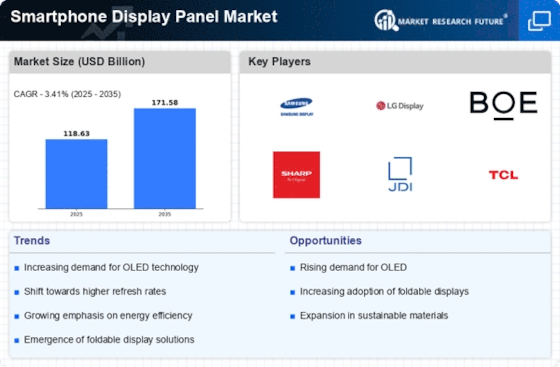
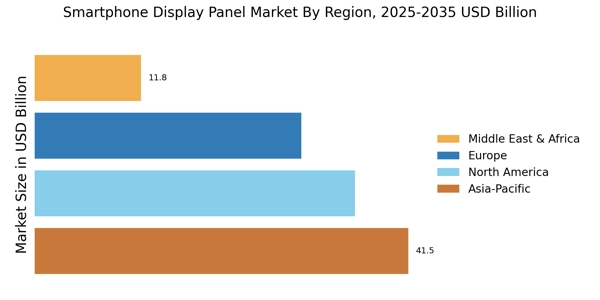
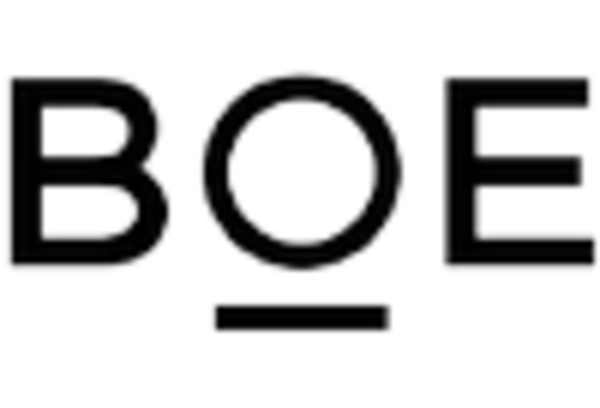
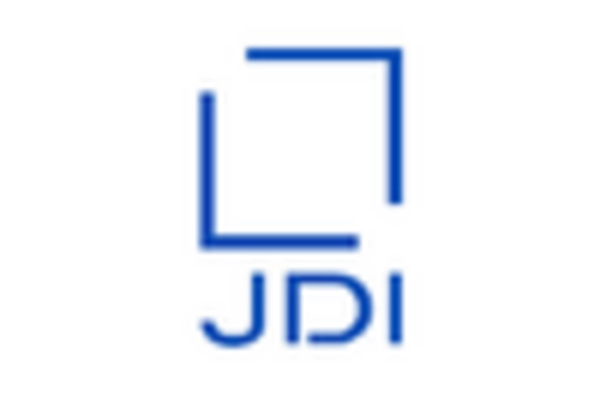
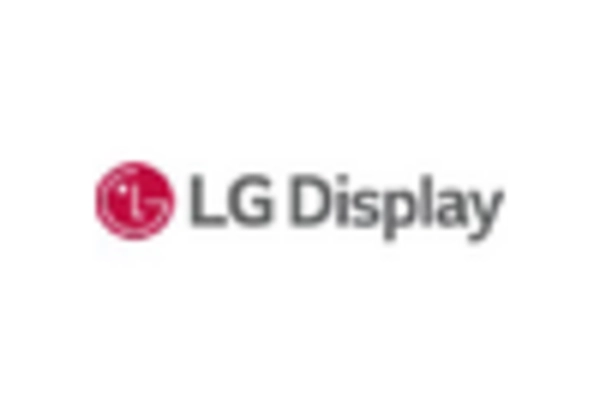
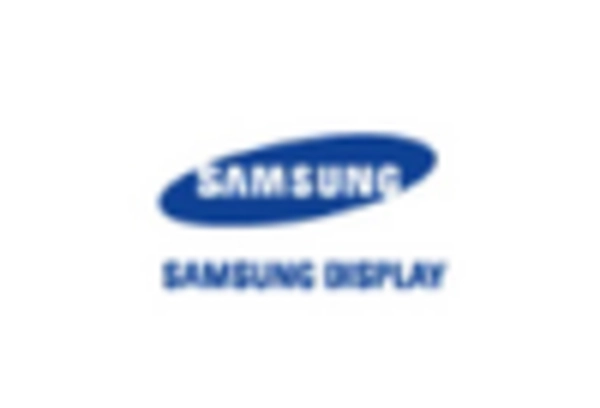
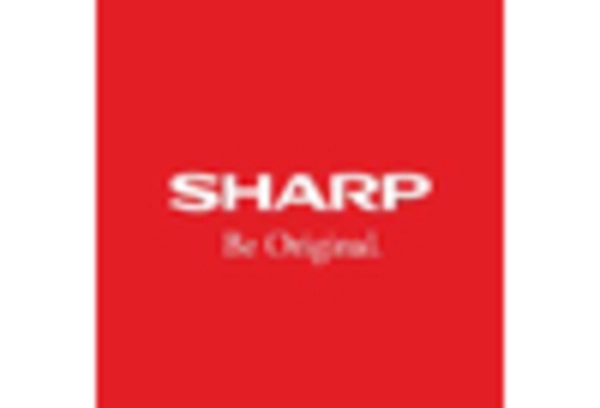
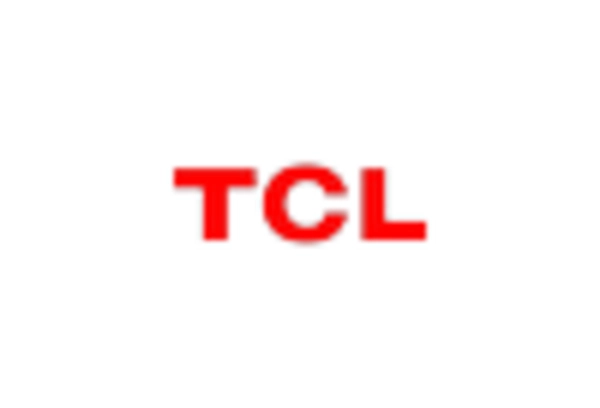








Leave a Comment